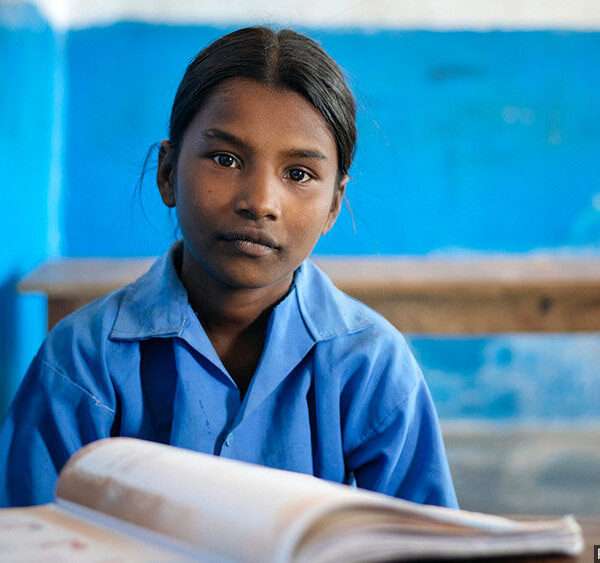Approximately 140 million rural Indians move seasonally in search of jobs. These migrants, who make up a large portion of India’s unorganised labour, which is believed to number over 350 million people, migrate back and forth doing a variety of odd jobs in construction, manufacturing, services, and agriculture. In their rural homes and workplaces, they continue to be denied services and rights as employees and citizens (Aajeevika Bureau, 2014). Consider a family with an ailing or disabled member, a family that is drowning in debt, or a household with a single parent. Children from such households are more likely to use drugs, engage in child labour, or even engage in the flesh trade. For such youngsters, school is unquestionably a better and safer environment in which to grow holistically.
The RTE Act, enacted by the Indian government, guarantees free education for children aged 6 to 14. Despite this, numerous vulnerable youngsters continue to fall through the cracks and wind up working as child labourers in unorganised industries. There are three types of children: those left behind in villages by parents who are working elsewhere, those who migrated with their parents and work in the construction, brick kilns, and agricultural industries, and children who migrate for work. Because the children in the first category rely on remittances from their parents, the reduction or removal of their parents’ salaries as a result of the lockdown and limited travel during pandemics has a direct impact on their food intake and health consequences (Unni, 2020). Similarly, the closure of economic operations has a direct impact on the children of the second and third groups. During the epidemic and subsequent lockdown in India, children were vulnerable for a variety of reasons. The difficulties of these youngsters have been exacerbated by migrant workers’ job losses.
In India, less than 20% of kids were able to attend school due to the epidemic, and learning deteriorated as a result.

